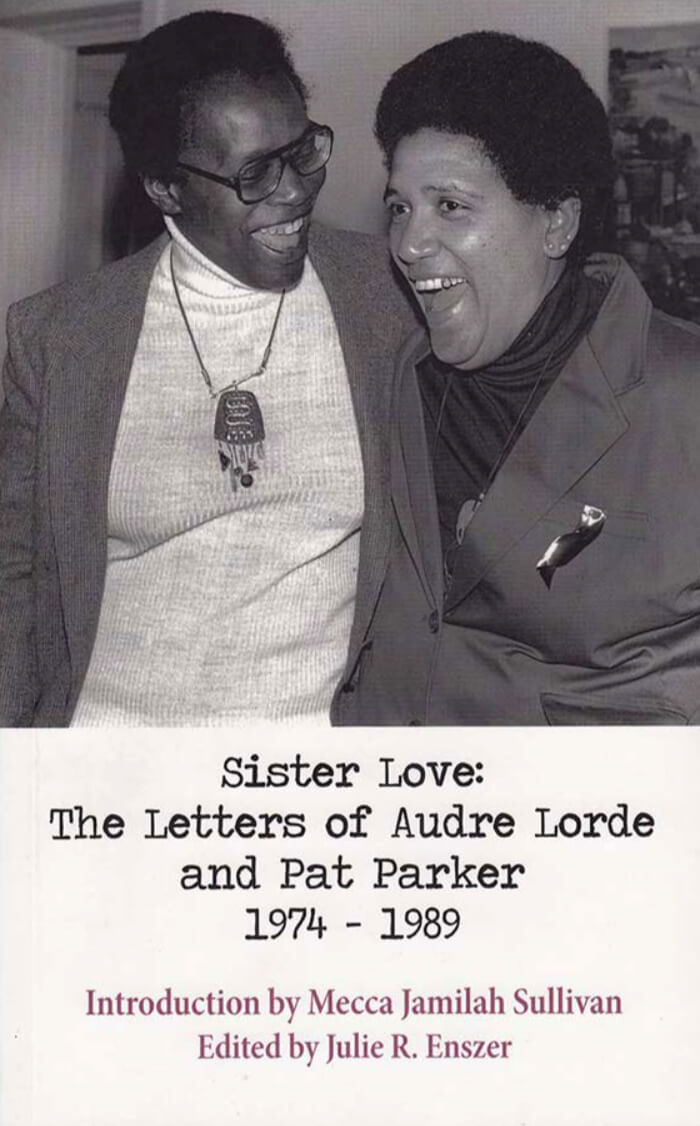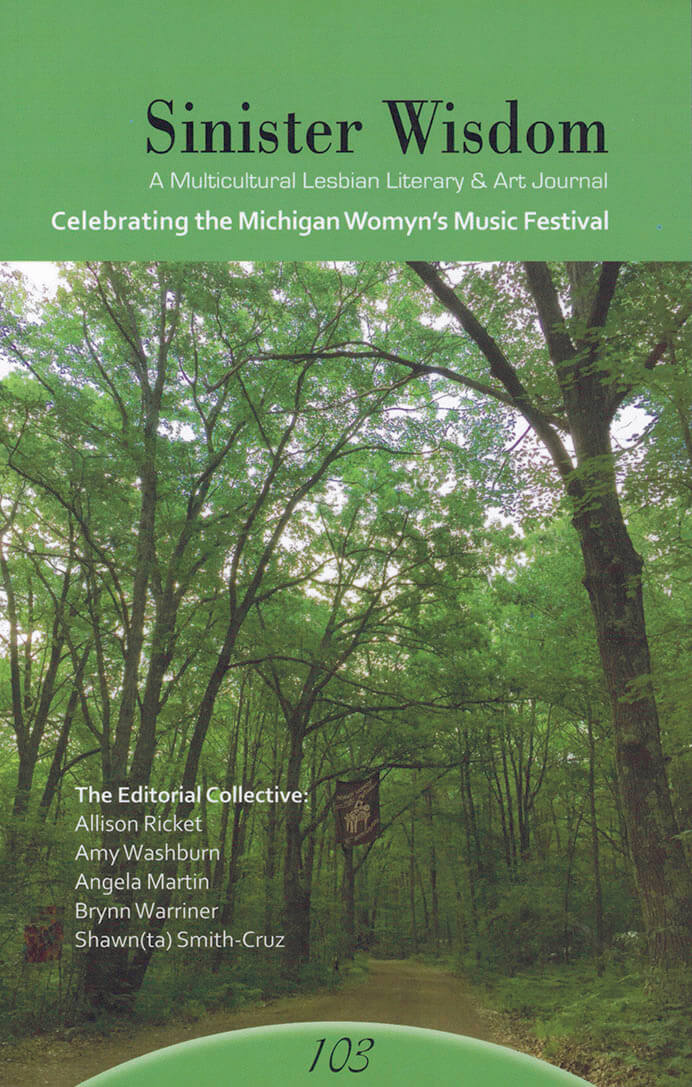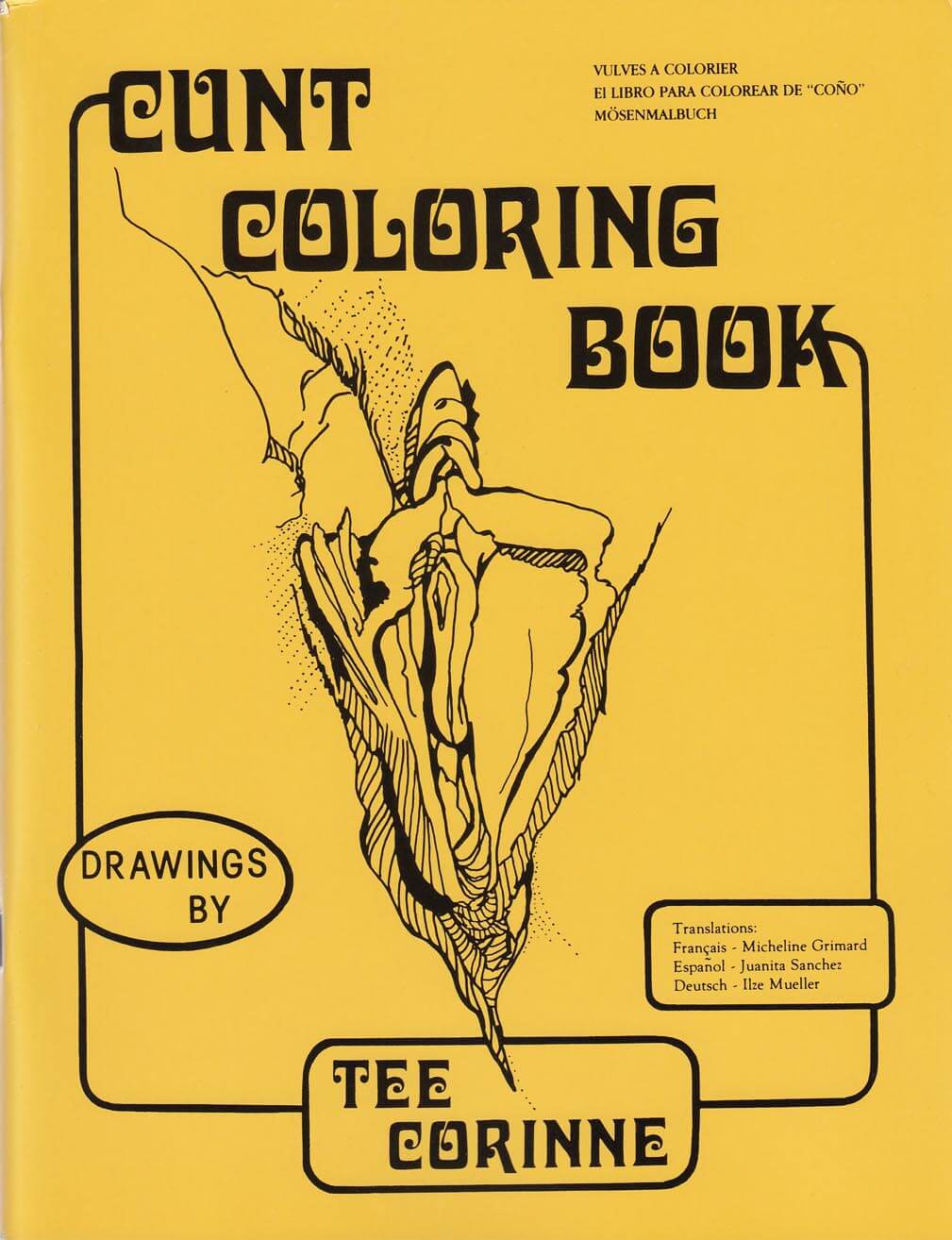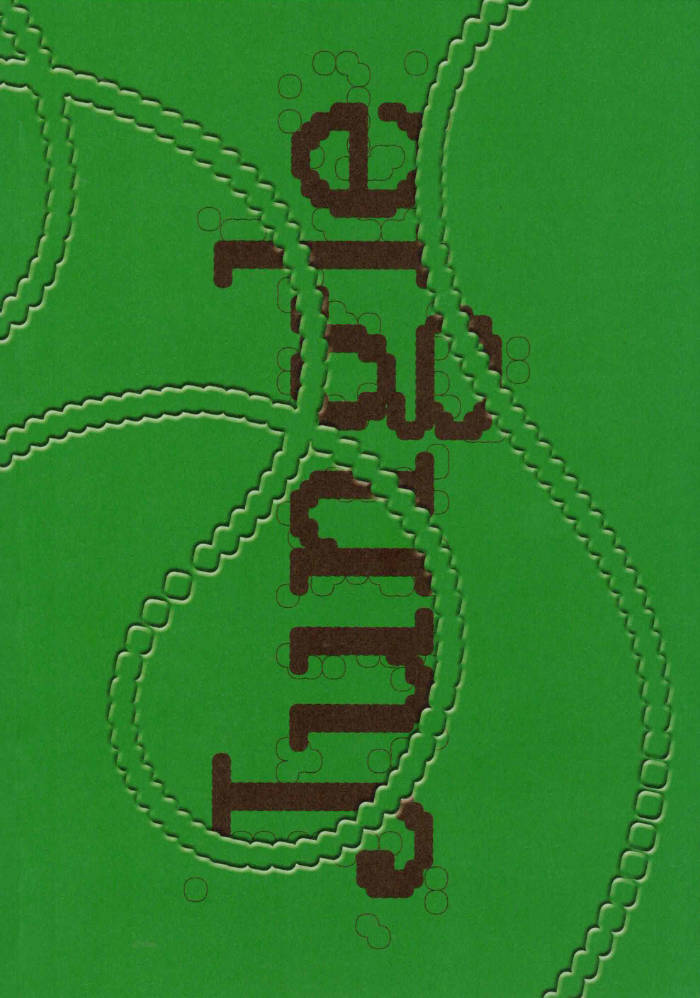
New Lesbian Writing
Sinister Wisdom 51: New Lesbian Writing is a resource to connect Lesbian communities from far and wide. This issue allows for self-expression through a variety of Lesbian intersectionalities such as race, class, age, experience, etc.
Creative Work By
tatiana de la tierra
Akiko Carver
Victoria Lena Manyarrows
Teresa Ortega
Elliott
Janet Mason
Sima Rabinowitz
Suzanne
Jeannie Witkin
Josi Mata
C.E. Atkins
Anna Livia
Carellin Brooks
Reggie W. Brewster
Pamela Gray
Lois DeWitt
Kathryn Eberly
And More!
Language: English







